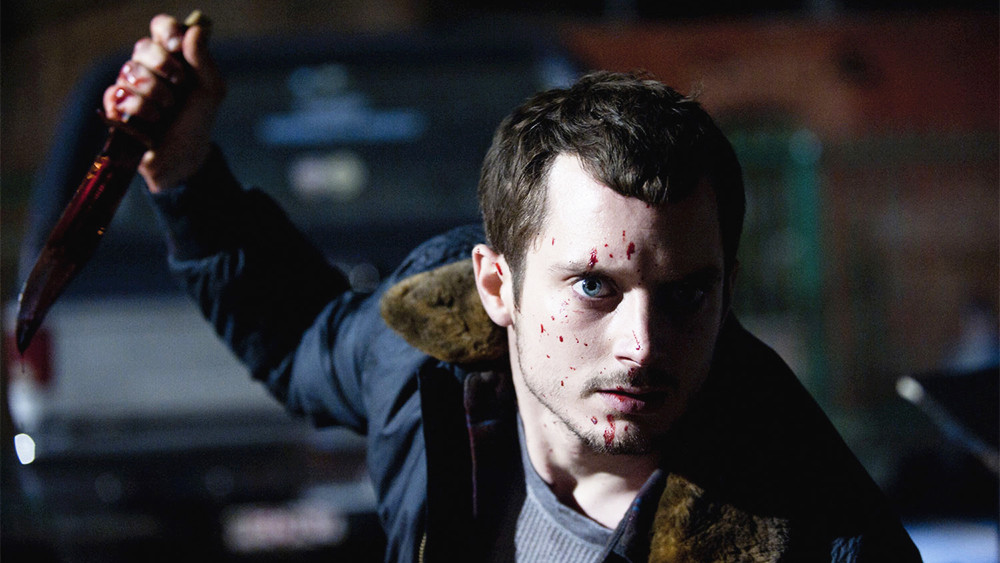
I’ll begin by saying something completely controversial that I’m sure will anger a lot of readers: even though I have a personal morbid interest in serial killer psychology, I’m not a huge fan of the popular Netflix show ”Mindhunter.” My biggest issue with the show is the dull character drama that almost feel shoehorned in just so that each episode can have an adequate running time.
The show is obviously more interested in the dialog scenes with the serial killing subjects and those scenes are indeed riveting. But when we focus back to the personal lives of these main characters, my interests starts to wane, mostly because none of it feels really natural. None of it feels real. This is probably because creator Joe Penhall is much more versed into the psychological workings of these psychopaths and not so much in writing human drama.
Even so, I do admire the realistic approach on the topic of the ‘serial killer.’ You will learn more from this show than you will learn from watching most serial killer movies. But for those who are anxiously waiting for the next season, I’ve compiled a list of underrated films that also have an interesting angle on the subject of the serial killer.
Each of these films take a more unique perspective on the subject. Some ask questions regarding the origins of these serial killers, whether their murderous needs were nurtured over time or had been inside their genetic code all along. One film puts us literally inside the tortured head of a serial killer – we see what he sees, even the things that aren’t really there.
Another film shows a woman being forced to look from the point-of-view of the serial killer; she can see the killer prowling in the corner, waiting to strike his next victim. In another film on this list, we look at the isolating adolescence of a real-life serial killer, in the years before he was lost forever. And in one particular great film, we see a satirical look at people’s obsession with serial killers and the need to humanize them.
If you haven’t seen any of them, give them a look. It will might quell your appetite for the second season of ”Mindhunter.”
10. The Eyes of Laura Mars
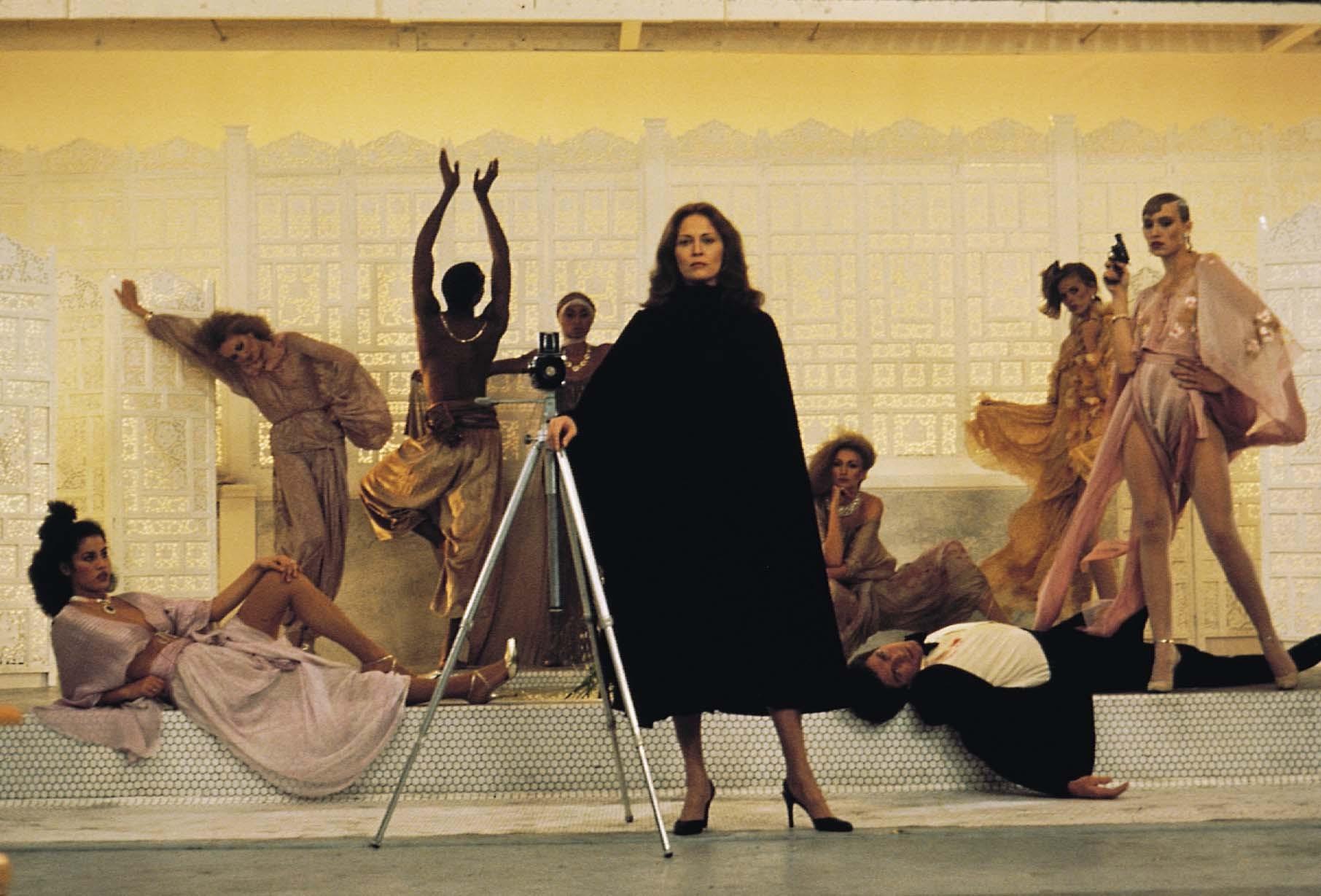
John Carpenter’s first big studio project was writing the script ”The Eyes of Laura Mars,” a 1970’s thriller starring Faye Dunaway as a fashion photographer who can see through the eyes of a serial killer. The film is inspired by the Giallo slasher movies, though it misses the dark humor or the inventive kills and gore of this subgenre – one could call this film ‘Giallo-light.’
Nonetheless, it’s an interesting film with an emotionally-laden twist that’s rather surprising and which elevates this film from being just a generic 70’s thriller. The supporting cast is great too, especially Tommy Lee Jones as Neville, the police detective who falls in with Dunaway’s character.
The great Brad Dourif plays the streetwise chauffeur to Dunaway’s character (and because it’s Brad Dourif, he was naturally the first person I’d expected to be the killer) and Raul Julia plays the troubled alcoholic ex and a likely suspect for the murders.
The best thing about this movie is the romance between Dunaway and Jones, who have great chemistry together and give this film genuine heart. If only the film could have taken more inspiration from the Giallo movies, perhaps added more dark humor or gore as the story went along.
It would have made the film more memorable. It unfortunately takes itself a little too seriously. It also would have been nice if we gained some understanding of how Dunaway’s character received her psychic gift. It’s a cool premise that just isn’t explored enough.
9. Stepfather
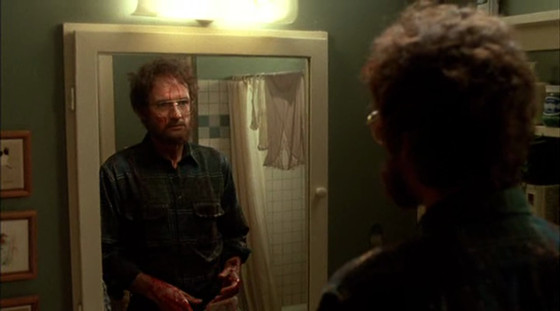
“Stepfather” has a haunting opening sequence that promises a far more terrifying film than what is eventually delivered. The rest of the film can’t seem to match that strong opening. But if there’s one saving grace, it’s Terry O’Quinn’s excellent performance as the titular stepfather, a serial killer with a strange profile: hooking up with widowed mothers and acting like the perfect substitute suitor, and then when things get a little less than perfect, he murders the whole family. He then changes his identity just so he can do it all over again.
The film is moderately suspenseful, as you’re waiting for all the cards to fall down on the Stepfather, as his daughter-in-law (Jill Schoelen) doesn’t seem to trust him, no matter how seemingly perfect he is.
“Stepfather” was slightly based on John List, a mass murderer who killed his wife, mother, and children and then relocated and remarried in another state. In order to hide his face from the authorities, he had cut out his face from all of the family pictures. He was recaptured 18 years later after his appearance was recreated through an age-progressed clay bust on ”America’s Most Wanted,” and his neighbor back then had recognized him.
The motives for the murders are intriguing. At first, List states that he had murdered them out of his pious duty, fearing that his family had a falling out with God. But the truth was far more complex, as List was having severe financial troubles because he had lost his job. He had also secretly skimmed money from his mother’s bank account, which greatly embarrassed him.
His wife had turned into a verbally abusive alcoholic who continually ridiculed his manhood. He refused to commit suicide because he thought it would be a sin, and he hoped to be reunited with his family in heaven – yeah I’m sure they were anxiously waiting for him. He died serving a life sentence.
But the film ultimately bears little resemblance to the real-life case and it just uses the little basis of fact to craft a decent thriller. O’Quinn excellently swerves between the perfect dad to an unhinged serial killer.
The rest of the cast is extremely uneven, sometimes downright hokey. But the true star is O’Quinn, who would return in a lesser sequel, “Stepfather 2: Make Room for Daddy,” which is only watchable thanks to his delicious performance. Don’t even try with ”Stepfather 3,” which had O’Quinn replaced with Robert Wightman, or the obligatory 2009 remake.
8. Monster
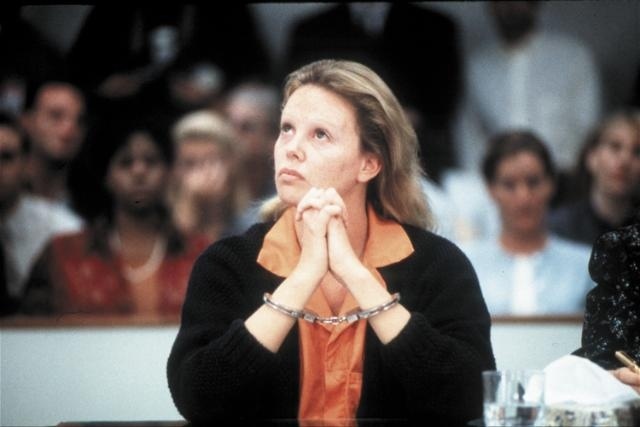
I have mixed feelings about this film since it humanizes an infamous serial killer, in this case Aileen Wuornos. Looking back on her life, it’s understandable how one can deduce that abuse might have driven her to murderous insanity, but anyone who knows anything about serial killers knows that real life is hardly that poetically tragic. In real life, most of these serial killers aren’t like that.
Even if they were victims to certain evils, it wouldn’t have deterred them from their eventual appetite for death. They aren’t genetically engineered to have empathy like normal people. They were made to revel in horror because it excites them. They like to watch the life go out of our victims’ eyes. This is who they are. We shouldn’t romanticize them.
At the same time, ”Monster” is an incredible film, particularly due to the lead performance by Charlize Theron, who rightly won several accolades (including the golden statue itself) as Aileen Wuornos. The supporting cast should not be ignored either, from Christina Ricci, Bruce Dern, Pruitt Taylor Vince, Lee Tergesen, Scott Wilson, and even a cameo from everyone’s favorite Jason: Kane Hodder.
Whether or not it’s a fair portrait, ”Monster” is moving film from beginning to end. It’s essentially about a person who never had a chance to be happy, a person trapped in the depths of her own hell who’s trying to release those demons in the worst way possible. It’s a beautiful film, even if it is a skewed portrait of the real murderous damsel.
7. My Friend Dahmer
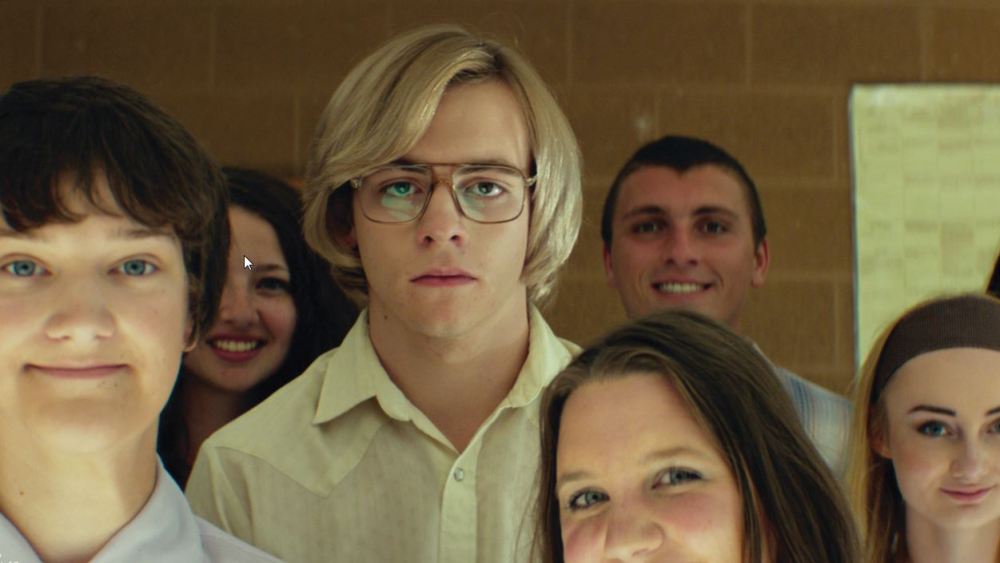
“My Friend Dahmer” is an unusual look into the infamous serial killer Jeffrey Dahmer, as it focuses solely on his troubled adolescence and stops right before his first kill. Jay Bauman from Red Letter Media humorously tweeted about this film, stating, “If you wanna see a story about an interesting real life person that takes place during an incredibly uninteresting period of that person’s life where not much happens and we gain no insight, then ’My Friend Dahmer’ is the movie for you!” But that isn’t really fair, as there’s plenty of insight to be found in the film and not just about its titular fiend.
Based on the comic by Derf Backderf, which was simultaneously based on Backderf’s own experiences with having Dahmer as a school friend, the film is relatively loyal to its source material, even if it deepens the relationship between Dahmer (Ross Lynch) and Backderf (played Alex Wolf of “Hereditary”) for narrative purposes. It only goes a little too far in the end, when it implies that Backderf was shockingly close to becoming Dahmer’s victim – it was probably added in the film in order to amp up the suspense, but it really wasn’t necessary.
The film shows Dahmer as a deeply lonely and socially awkward teen. A boy who struggled with strange and unnatural desires that he couldn’t share with anyone. In order to gain attention from his fellow peers, he would imitate someone suffering from cerebral palsy. These students would often motivate Dahmer to continuously humiliate himself for a cheap laugh.
If you know the story, like I did, it was painful watching the inevitable growth and continuous isolation of a troubled boy who would one day become one of the most notorious serial killers in history. But the real insight this film gives is that the signs were all there, if only people would watch out for them.
This film is less about Dahmer himself and more about the failure of the community to see the warning signs. From his bickering parents who were too focused on their own problems, to the teachers and other adults who ignored Dahmer as he acted out and was often publicly drunk.
I would still advise reading the comic book after seeing this film, because the comic gives a truer account of what happened – and isn’t remotely diminished in drama because of it. The ending is especially memorable as Backderf entails the infamous call from a former classmate when he asked Backderf to guess which one of their students had become a serial killer. It took Backderf only two guesses…
6. The Killer Inside Me

This brutal and faithful adaptation of Jim Thompson was heavily criticized for being misogynistic. Those who did make such accusations cited the violence against women, particularly in the scene where Lou Ford (Casey Affleck) beats Joyce (Jessica Alba), a sequence that is drawn out and painful to watch.
As could be expected, the film merely stayed true to the depravity of its main character and it’s supposed to make you feel uncomfortable – if it didn’t, then there’s something seriously wrong with you. These scenes don’t prove the film to be in anyway misogynistic. It doesn’t entail the personal opinions of the filmmakers. It’s just staying true to the bloody story of Lou Ford.
Aside from the violence, the setting of Texas is wonderfully re-created, especially the thick local accents. The supporting cast are all excellent – it’s probably one of Alba’s best performances – but it’s all Affleck’s show, as he’s in almost every scene. You don’t really feel for his character, but that’s the point. The coldness and brutality is in full display here. His eyes are beaming with unbridled savagery, which makes him genuinely scary at times.
“The Killer Inside Me” might be uncomfortable to watch, but it stays true to the inhumanity lurking in the serial killer. While other films might try to make you sympathize slightly with its serial-killing subject, giving them a tragic arc or making them a product of abuse, there’s none of that in ”The Killer Inside Me.” In this film we are just dealing with a predatory monster, a mean man who gets off on hurting people.